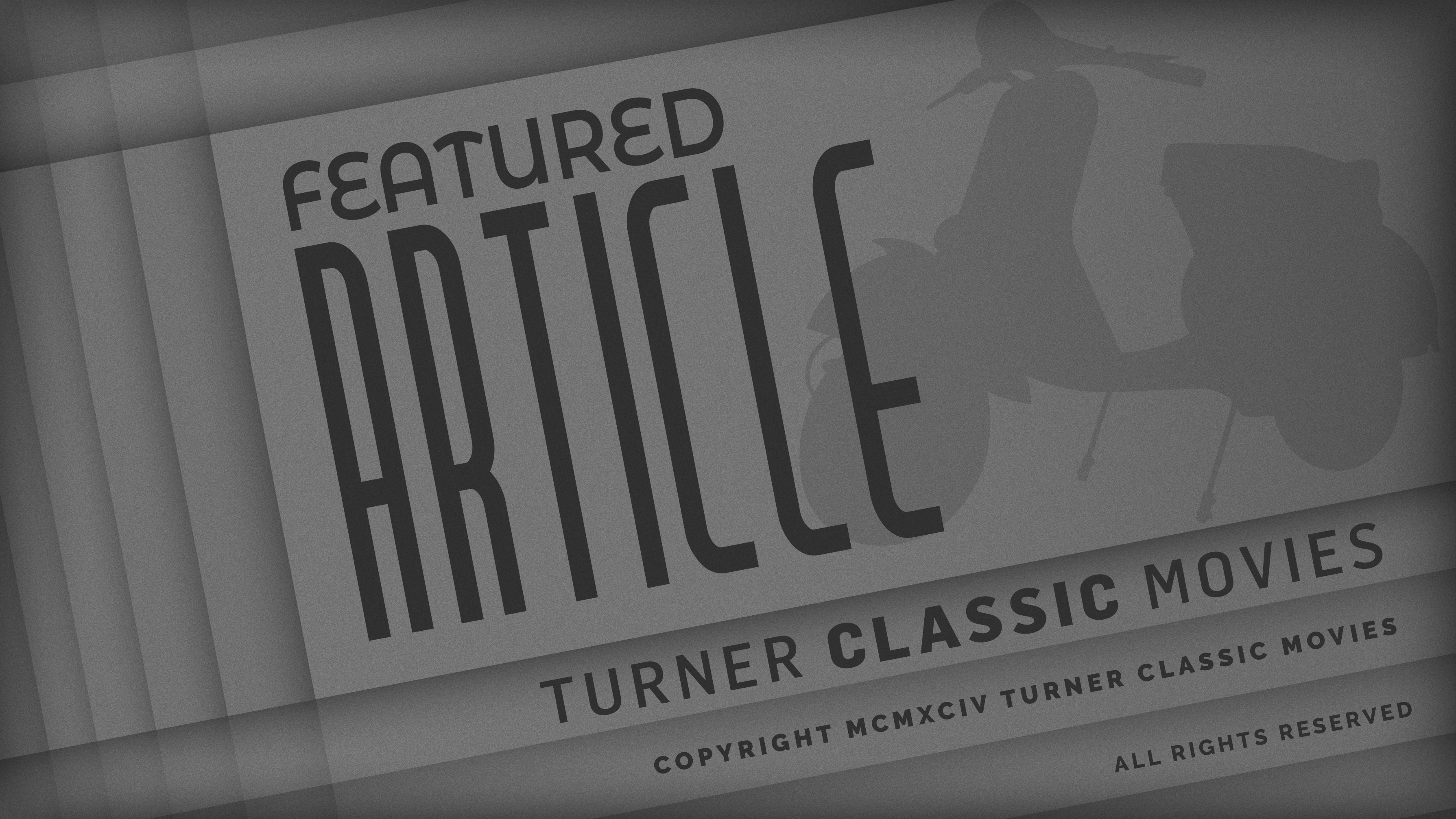The Ballad Of The Sad Cafe
Brief Synopsis
Cast & Crew
Simon Callow
Austin Pendleton
Mert Hatfield
Cork Hubbert
Earl Hindman
Rod Steiger
Film Details
Technical Specs
Synopsis
A tale of unrequited love involving a domineering Southern woman, her former ex-convict husband, and a dwarf.
Director
Simon Callow
Cast

Austin Pendleton
Mert Hatfield
Cork Hubbert
Earl Hindman

Rod Steiger
Beth Dixon
Keith Carradine

Vanessa Redgrave
Lanny Flaherty
Anne Pitoniak
Crew
Edward Albee
Christena Alcorn
Aaron Anawalt
David Anderson
Steve Belsky
Dan Best
Paul Bradley
Don Breneman
Stuart Brown
Robert K Burns
Jim Chandler
Mary Church
Joe Cooper
Tivice Davenport
Ryan Davis
Joe Dial
Tom Dreesen
Joe Dujka
Marianna Elliott
Charles Elson
Jody Fischer
John Foster
Lisa Germany
Mark Ginsberg
Marcos Gonzalez
Carlos Guerra
Nayeem Hafizka
Scott Hale
John Hayward
Jim Hensz
Patty Herring
Sylvie Herrou
Robert Hicks
Michael Hirst
Lauri Hoese
Kim Horridge
Trula Hossier
Michelle Houston
Janice Janecek
Virginia Jenkins
Richard Lee Jones
David Kaplan
Sunil Kirparam
Burton Knight
John Knight
David A Knott
Randy Kovitz
Drew Kunin
John Lacy
David Lane
Walter Lassally
Tom Lemman
Richard C Lewis
Mary M. Lively
Karen Luzius
Andrew Marcus
Gary Marcus
James Marsh
Kathryn Martin
Lance Mathis
Tony Mathis
Drew Mayer-oakes
Elizabeth Mcbee
Shisha Mcbee
Carson Mccullers
Bucky Meadows
Ismail Merchant
Jesse Miranda
Jeff Mitchell
Craig Mooney
Randy E Moore
Sarah Morton
Kelly Nelson
Lana Nelson
Lonnie Nelson
Willie Nelson
Kate O'neill
Julie O'rourke
Briggs Palmer
Briggs Palmer
John Paterson
D R Patrick
Eric Paul
Michael Peal
Kari Perkins
Turk Pipkin
David Platt
Jackie Powell-coffey
Harry Rabinowitz
Scott Ramsey
Shirley Rich
Richard Robbins
Michael T Roberts
John Rogers
Donald Rosenfeld
Kate Mcdonald Roth
Nicole Ruffine
Tom San Martin
Bruno Santini
Derrick Santini
Kaya Schlagintweit
Arnold Schuster
Debbie Sharp
Bill Sommerville-large
Robert Stewart
Angelo L. Suasnovar
Sol Sussman
Mike Swenson
Kevin Tayler
Cory Van Dyke
Amelia Villero
Joe Violante
Jenny Walker
Sheila Walker
Ralph Watson
Gaylene West
Walt Wilkins
Margaret Winters
Andrew Wood
Christopher Woods
Videos
Movie Clip



Film Details
Technical Specs
Articles
The Ballad of the Sad Cafe
The plot of the film is pure Southern Gothic. Georgian woman Amelia falls in love with her hunchbacked 4'11" cousin, Lymon, and opens a café while her husband of 10 days Marvin Macy (who she refused to sleep with) is in prison. When Macy returns, Lymon turns his affection to him and the two turn on Amelia, culminating in a bare-knuckled fist fight between Macy and Amelia. Carradine later said, "I haven't felt any inhibitions at all about fighting a woman. Perhaps it's because Vanessa is such a towering in terms of accomplishments; not to mention her physical stature. She's all woman."
Callow found the play "too talkative" and worked to cut dialogue as well as the role of the Narrator (played by Roscoe Lee Browne in the original stage production). Albee, while not directly involved in the production, did advise James Ivory and Ismail Merchant, "For the film to succeed to McCullers' intentions it must bring a mythic quality to the relationship. It is not the story of a shy, sexually repressed, mannish woman set on by a brutish punk. It is the story of two people who however unclearly to themselves they may comprehend it, are engaged in a bizarre 'grand passion' - the one real chance in their lives for something very special - the one opportunity for them both to fully realize themselves. It is this quality, this awareness which reaches toward the mythic, and makes what happens when Marvin Macy comes back so poignant, so inevitable, and the stuff of true tragedy. It is this which is missing from the screenplay. As it is now, a punk gets rejected and comes back and does his dirty work. That is not what McCullers intended, is not what I intended, and is not what the screenplay should be offering us."
Vanessa Redgrave proceeded to mold her own interpretation of the main character based on her instincts as an actress. "I thought I should make very simple, clear choices about how to play Miss Amelia," she wrote in her autobiography. "I discussed each choice with Simon Callow, our director. I had to make a choice about her appearance, and I am still not sure I made the right one. Carson McCullers specifically writes that Miss Amelia has dark hair, but I thought I should have as little disguise as possible in the part. Given the fact that I am blonde and basically fair, with blue eyes, I decided to go for looking like a real straw-headed Southerner...I thought that Miss Amelia should be presented like a cartoon image, looking the same way until something very significant happens in the story. When it does, she changes out of her dungarees and wears a red dress to mark the fact that she has become a woman. I wanted her to appear to have remained rather like a twelve- or thirteen-year-old boy emotionally."
The Ballad of the Sad Café was filmed in and around Austin and Seguin, Texas and Redgrave recalled that producer Ismail Merchant was actively involved in the production, going to great lengths to find the most talented and knowledgeable people to work on the film. "For instance," Redgrave said, "George Burns, who lectured in the English department at Austin University, coached me for the Southern dialect and accent of Miss Amelia. Not only that, he knew how to wiggle and flap his ears, and he made an electrical device that, placed behind Cork Hubbert's ears, produced a wiggle for the camera that convinced all spectators that Cousin Lymon could flap his ears."
When The Ballad of the Sad Café was released in theatres, the critical reception was decidedly mixed, just as McCuller's original novella had divided reviewers over its reception. Vincent Canby of The New York Times was unenthusiastic. "From the moment Miss Amelia is discovered shelling peas, or doing some such down-home thing, and singing "Jimmy Crack Corn" in the accents of Ruritania's Deep South, The Ballad of the Sad Café is a seriously misguided hoot. Miss Redgrave was, is and will always remain one of the greatest actresses in what's generally referred to as the English-speaking theater. She is so great, in fact, that when she goes off the track, as she does here, she continues to barrel forward with the momentum of a transcontinental express train that will not be stopped. The spectacle takes the breath away. The Ballad of the Sad Café is that kind of movie. It's not silly as much as it's majestically wrongheaded. It's a movie in which all options have been considered at length before the worst possible choices have been made. But then The Ballad of the Sad Café is a heartless literary work."
The New Yorker reviewer of the film was less critical but still had reservations. "There are skillful and impressive moments in The Ballad of the Sad Café, but the movie [...] is awkward and puzzling, and given the nature of McCullers' material, I doubt whether any kind of treatment would have worked. [...] In his first film, Simon Callow, distinguished British actor and stage director, shows some talent with the camera but much of the movie has that frozen portentousness of a weightily unprofitable night in the theater." But there were positive responses as well. Joe Brown of The Washington Post called it "an exceedingly odd little film, but haunting in its way," and added that the film "is certainly beautiful in the Merchant-Ivory manner; the film can be seen as a painterly tableau vivant of the Deep South. And vivid images of Redgrave abound -- Miss Amelia wading through the midnight swamp to her still; the first shy almost-smile crossing her face as she watches Lymon charm the rubes." Roger Ebert also found it praiseworthy, noting "I suppose there was once a time when "The Ballad of the Sad Cafe" was thought to contain truths about life as lived. I can no longer relate to it that way. It now plays more like a prose opera, in which jealousy and passion inflame the characters, who are trapped in the sins of the past. To see the movie for its story is an exercise in futility. But it works well as gesture and flamboyance, a stage for outsize tragic figures." Clearly this is a movie where you will need to decide for yourself.
Producer: Ismail Merchant
Director: Simon Callow
Screenplay: Carson McCullers (novel); Edward Albee (play); Michael Hirst (writer)
Cinematography: Walter Lassally
Art Direction: Michael T. Roberts
Music: Richard Robbins
Film Editing: Andrew Marcus
Cast: Vanessa Redgrave (Miss Amelia), Keith Carradine (Marvin Macy), Cork Hubbert (Cousin Lymon), Rod Steiger (Rev. Willin), Austin Pendleton (Lawyer Taylor), Beth Dixon (Mary Hale), Lanny Flaherty (Merlie Ryan), Mert Hatfield (Stumpy McPhail), Earl Hindman (Henry Macy), Anne Pitoniak (Mrs. McPhail).
C-101m.
by Lorraine LoBianco
SOURCES:
Canby, Vincent "Review/Film Festival; Vanessa Redgrave in a Cursed Triangle of Love and Hate", The New York Times 28 Mar 91
Vanessa Redgrave: An Autobiography (Random House)
Erskine, Thomas L., Welsch, James Michael, Tibbetts, John C. and Video Versions: Film Adaptations of Plays on Video
Gussow, Mel Edward Albee: A Singular Journey: A Biography
The Internet Movie Database
The New Yorker 27 May 91

The Ballad of the Sad Cafe
The Ballad of the Sad Cafe - The Ballad of the Safe Cafe on DVD
Based on a novella by Georgia novelist and southern gothic specialist Carson McCullers (The Heart Is a Lonely Hunter, Reflections in a Golden Eye), this peculiar drama contains the usual gender-bending themes and physical grotesquerie which characterize much of her work. Barely seen in theaters, The Ballad of the Sad Cafe went straight to video in most territories and came during a strange period in the Merchant Ivory cycle, which also included the far less successful Slaves of New York.
Though it marks the first (and so far only) directorial effort for frequent Merchant Ivory actor Simon Callow, this film is really held together by Redgrave's forceful performance. With her close-cropped hair and androgynous affectations, she's a dynamic force throughout the film even when much of it doesn't seem to make much sense. The dusty look of the film is quite successful, with some graceful poetic touches that lift it close to a grim fairy tale. (Callow refers several times to Night of the Hunter as an influence, which makes perfect sense.)
Part of Home Vision's ongoing line of Merchant Ivory releases, The Ballad of the Sad Cafe benefits tremendously from a new anamorphic transfer that easily outdoes the blurry VHS edition, which looked like was literally being projected through a cloud of dirt. Here the details are sharp and colors are bold, with the often intriguing locales finally discernable even in the darkest night scenes.
The disc also includes optional English subtitles and audio commentary by Callow, who obviously holds a great deal of affection for the film and worked for many years to get it produced. In fact the project started outside of the Merchant Ivory circle but became entangled when it came to acquiring the rights, which had merged with the Edward Albee estate after he bought the novella for his play of the same name. Fortunately this filmic rendition - the story's third manifestation - offers an effective showcase for talent both behind and in front of the camera. The disc also includes liner notes by Merchant Ivory specialist Robert Emmet Long, who discusses his experiences on the set and offers a fair appraisal of this one-of-a-kind film's virtues.
For more information about The Ballad of the Safe Cafe, visit Home Vision Entertainment. To order The Ballad of the Sad Cafe, go to TCM Shopping.
by Nathaniel Thompson
The Ballad of the Sad Cafe - The Ballad of the Safe Cafe on DVD
TCM Remembers - Rod Steiger
ROD STEIGER, 1925 - 2002
From the docks of New York to the rural back roads of Mississippi to the war torn Russian steppes, Rod Steiger reveled in creating some of the most overpowering and difficult men on the screen. He could be a total scoundrel, embodying Machiavelli's idiom that "it's better to be feared than loved" in the movies. But as an actor he refused to be typecast and his wide range included characters who were secretly tormented (The Pawnbroker, 1965) or loners (Run of the Arrow, 1965) or eccentrics (The Loved One, 1965).
Along with Marlon Brando, Steiger helped bring the 'Method School' from the Group Theater and Actors Studio in New York to the screens of Hollywood. The Method technique, taught by Stella Adler and Lee Strasberg, insisted on complete immersion into the character's psyche and resulted in intense, dramatic performances and performers. Steiger made his first significant screen appearance as Brando's older brother in On the Waterfront (1954). Their climatic scene together in a taxicab is one of the great moments in American cinema.
It was a short leap from playing a crooked lawyer in On the Waterfront to playing the shady boxing promoter in The Harder They Fall (1956). Based on the tragic tale of true-life fighter Primo Carnera, The Harder They Fall details the corruption behind the scenes of professional boxing bouts. Steiger is a fight manager named Nick Benko who enlists newspaperman Eddie Willis (Humphrey Bogart in his final screen appearance) to drum up publicity for a fixed prizefight. While the boxing scenes were often brutally realistic, the most powerful dramatic moments took place between Steiger and Bogart on the sidelines.
As mob boss Al Capone (1959), Steiger got to play another man you loved to hate. He vividly depicted the criminal from his swaggering early days to his pathetic demise from syphilis. In Doctor Zhivago (1965), Steiger was the only American in the international cast, playing the hateful and perverse Komarovsky. During the production of Dr. Zhivago, Steiger often found himself at odds with director David Lean. Schooled in the British tradition, Lean valued the integrity of the script and demanded that actors remain faithful to the script. Steiger, on the other hand, relied on improvisation and spontaneity. When kissing the lovely Lara (played by Julie Christie), Steiger jammed his tongue into Christie's mouth to produce the desired reaction - disgust. It worked! While it might not have been Lean's approach, it brought a grittier edge to the prestige production and made Komarovsky is a detestable but truly memorable figure.
Steiger dared audiences to dislike him. As the smalltown southern Sheriff Gillespie in In The Heat of the Night (1967), Steiger embodied all the prejudices and suspicions of a racist. When a black northern lawyer, played by Sidney Poitier, arrives on the crime scene, Gillespie is forced to recognize his fellow man as an equal despite skin color. Here, Steiger's character started as a bigot and developed into a better man. He finally claimed a Best Actor Academy Award for his performance as Sheriff Gillespie.
Steiger was an actor's actor. A chameleon who didn't think twice about diving into challenging roles that others would shy away from. In the Private Screenings interview he did with host Robert Osborne he admitted that Paul Muni was one of his idols because of his total immersion into his roles. Steiger said, "I believe actors are supposed to create different human beings." And Steiger showed us a rich and diverse cross section of them.
by Jeremy Geltzer & Jeff Stafford
TCM Remembers - Rod Steiger
Quotes
Trivia
Miscellaneous Notes
Released in United States April 26, 1991
Released in United States Spring May 10, 1991
Released in United States June 7, 1991
Wide Release in United States June 28, 1991
Released in United States on Video June 17, 1992
Released in United States 1991
Released in United States February 1991
Released in United States March 1991
Released in United States May 7, 1991
Shown at American Film Market (AFM) in Santa Monica February 28 - March 8, 1991.
Shown at Berlin Film Festival (in competition) February 15-26, 1991.
Shown at New Directors/New Films series New York City March 28 & 30, 1991.
Feature film directorial debut for actor and stage director Simon Callow.
Began shooting June 21, 1990.
Completed shooting August 18, 1990.
Released in United States April 26, 1991 (Dallas)
Released in United States Spring May 10, 1991
Released in United States June 7, 1991 (Chicago)
Released in United States on Video June 17, 1992
Released in United States 1991 (Shown at American Film Market (AFM) in Santa Monica February 28 - March 8, 1991.)
Released in United States February 1991 (Shown at Berlin Film Festival (in competition) February 15-26, 1991.)
Released in United States March 1991 (Shown at New Directors/New Films series New York City March 28 & 30, 1991.)
Released in United States May 7, 1991 (Premiere at the Angelika Film Center in New York City May 7, 1991.)
Wide Release in United States June 28, 1991













